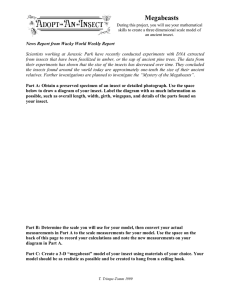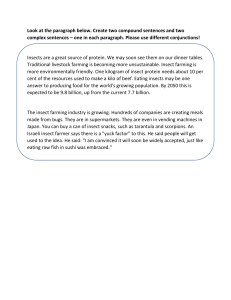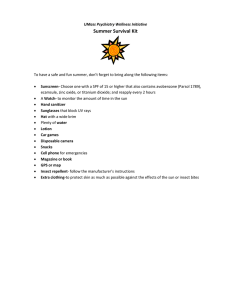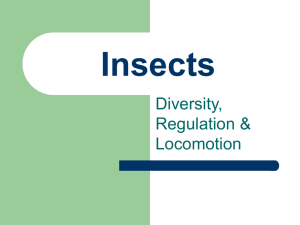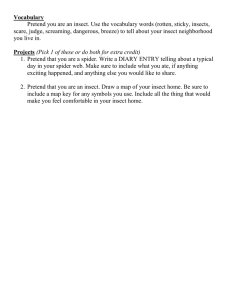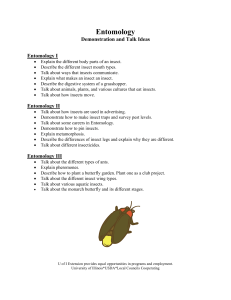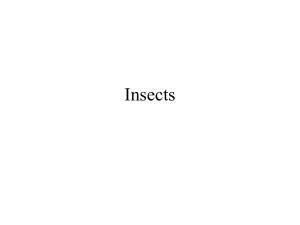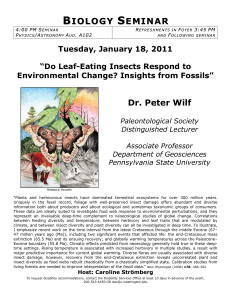Take Home 2
advertisement
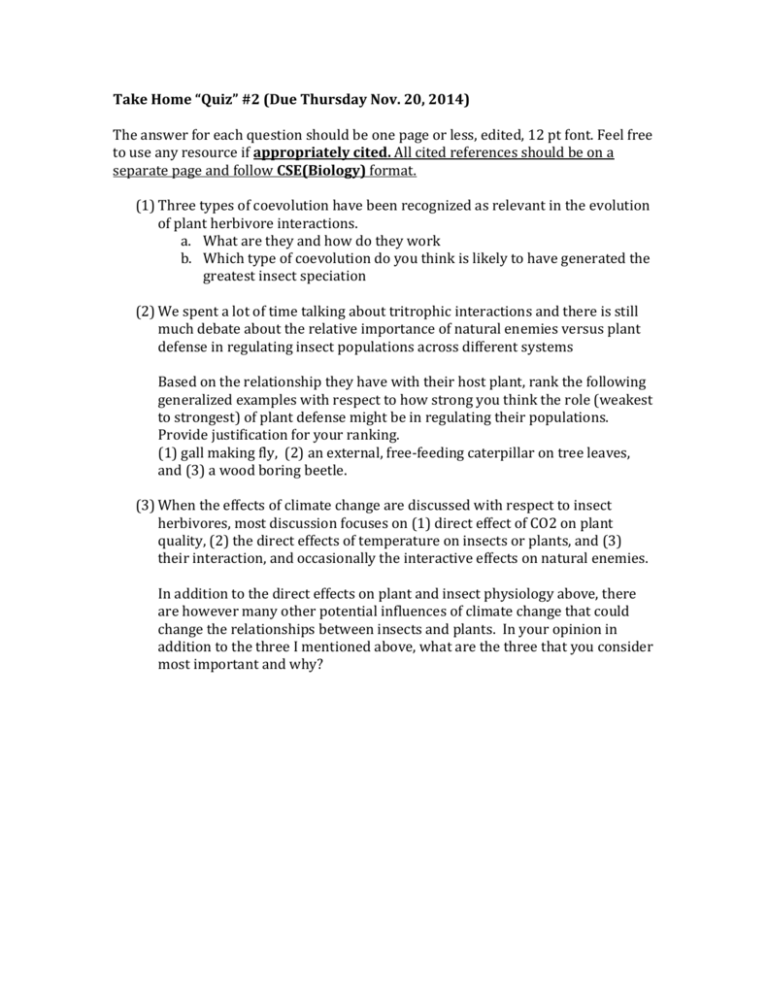
Take Home “Quiz” #2 (Due Thursday Nov. 20, 2014) The answer for each question should be one page or less, edited, 12 pt font. Feel free to use any resource if appropriately cited. All cited references should be on a separate page and follow CSE(Biology) format. (1) Three types of coevolution have been recognized as relevant in the evolution of plant herbivore interactions. a. What are they and how do they work b. Which type of coevolution do you think is likely to have generated the greatest insect speciation (2) We spent a lot of time talking about tritrophic interactions and there is still much debate about the relative importance of natural enemies versus plant defense in regulating insect populations across different systems Based on the relationship they have with their host plant, rank the following generalized examples with respect to how strong you think the role (weakest to strongest) of plant defense might be in regulating their populations. Provide justification for your ranking. (1) gall making fly, (2) an external, free-feeding caterpillar on tree leaves, and (3) a wood boring beetle. (3) When the effects of climate change are discussed with respect to insect herbivores, most discussion focuses on (1) direct effect of CO2 on plant quality, (2) the direct effects of temperature on insects or plants, and (3) their interaction, and occasionally the interactive effects on natural enemies. In addition to the direct effects on plant and insect physiology above, there are however many other potential influences of climate change that could change the relationships between insects and plants. In your opinion in addition to the three I mentioned above, what are the three that you consider most important and why?
